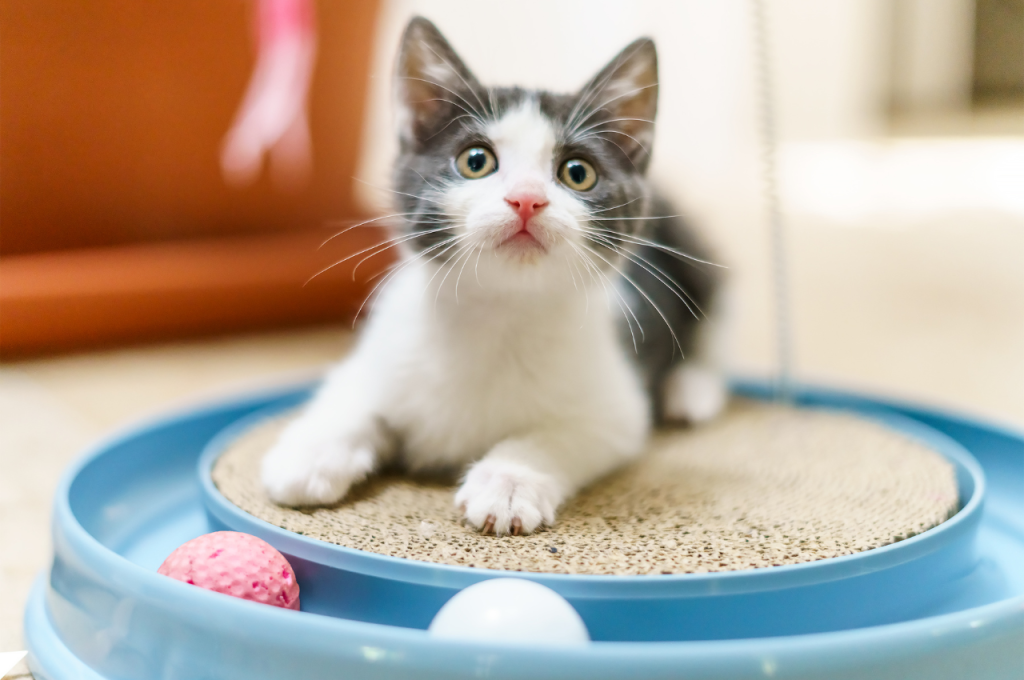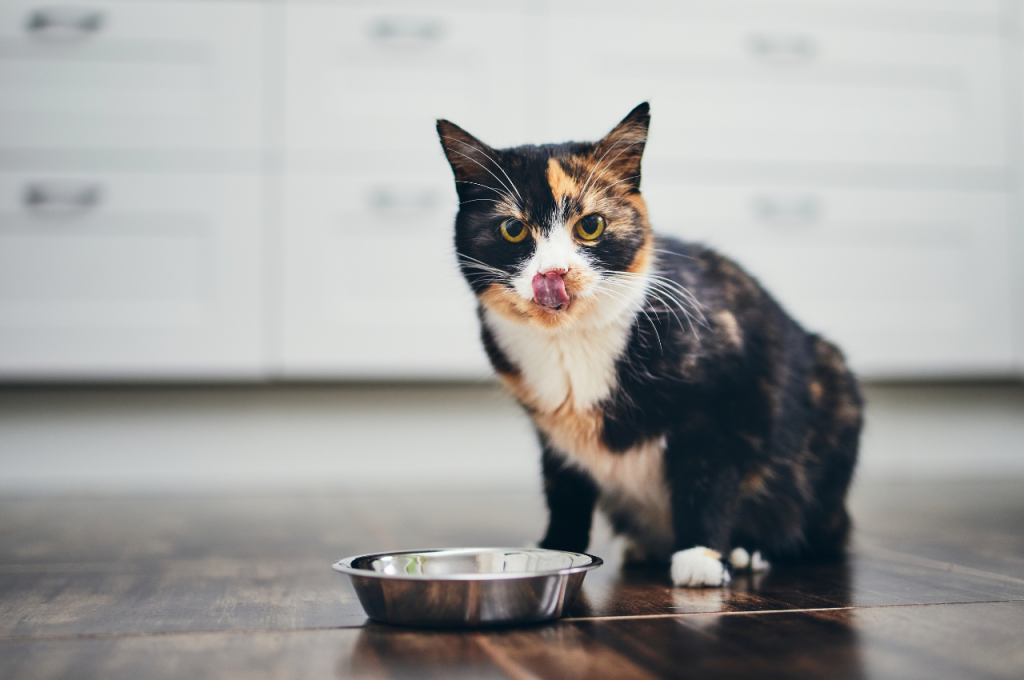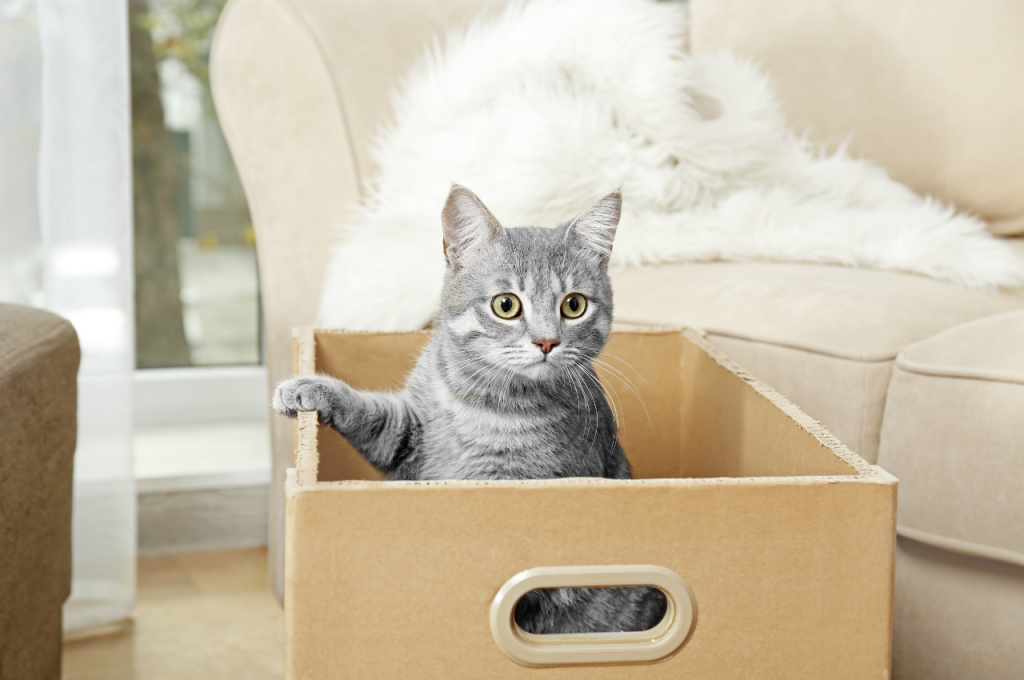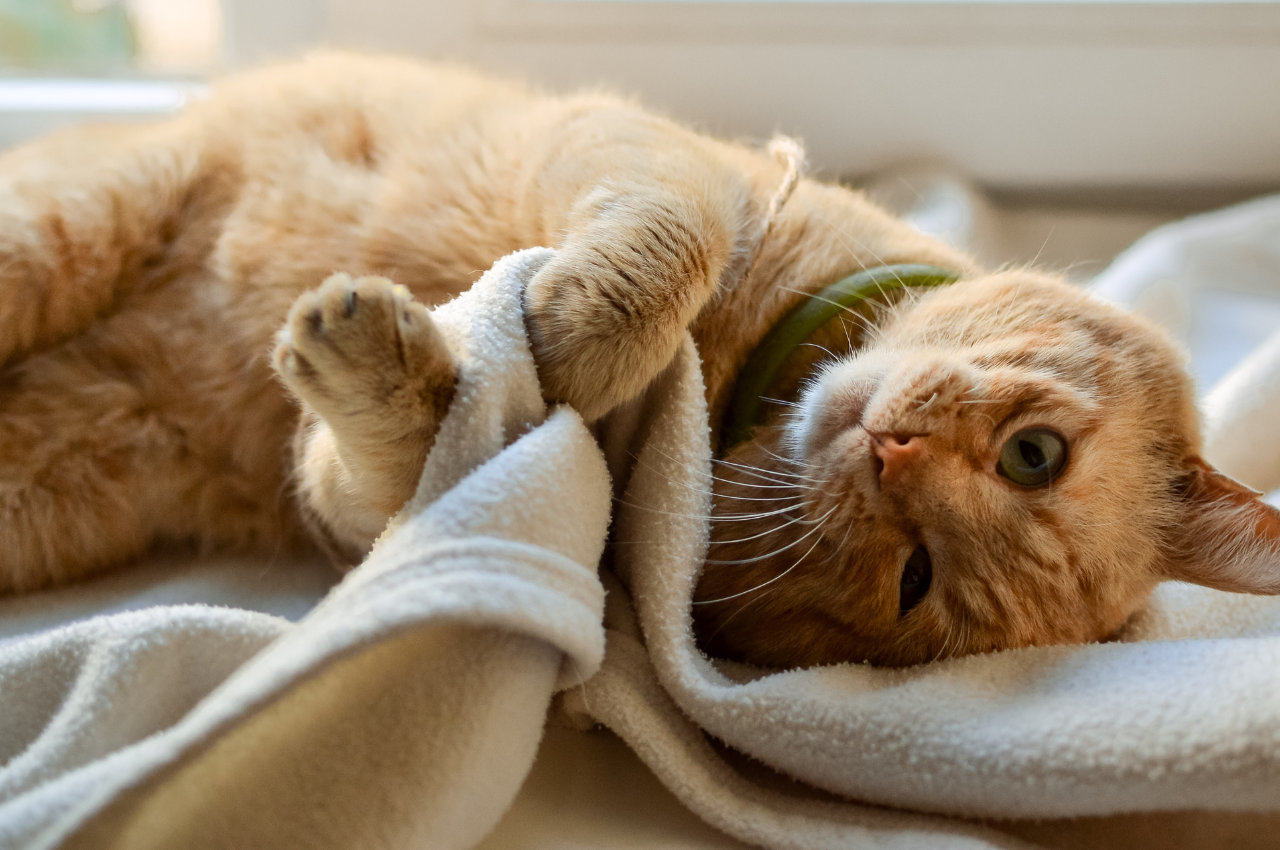To keep a cat at home, provide plenty of toys, scratching posts, cozy spaces, and interactive playtime. Additionally, ensure regular feeding, clean litter boxes, and a safe environment to prevent escapades.
Cats thrive on routine and enrichment, so creating a stimulating and secure environment will help keep them content and prevent them from wandering. By offering toys for mental stimulation, scratching posts for their instincts, and cozy spots to rest, you can satisfy your cat’s needs and promote their well-being.
Moreover, establishing a consistent feeding schedule and keeping the home safe and secure will help maintain a harmonious relationship with your feline companion.
Understanding Your Cat’s Nature
Understanding Your Cat’s Nature is vital to keeping them happy and content at home. Discover effective strategies and tips to create a stimulating environment that satisfies your feline friend’s instincts and behaviors.

Understanding Your Cat’s Nature Common Behavior Traits Cats are known for their independent and curious nature. They have a strong sense of territory and love routines. Recognizing Signs of Stress Signs of stress in cats include hiding, excessive grooming, loss of appetite, and aggression. Understanding these signs is crucial for their well-being.
Creating A Safe Environment
Create a safe environment to keep your cat at home by ensuring there are no toxic plants, securing windows and balconies, providing interactive toys, establishing designated resting spots, and keeping harmful substances out of reach.
Creating a Safe Environment Securing Windows and Balconies To keep your cat safe at home, it’s essential to create a secure environment. Securing windows and balconies is crucial to prevent your cat from escaping or falling. Install window screens or safety netting to prevent your feline friend from slipping through open windows or off balconies. Eliminating Toxic Plants In addition to securing physical spaces, it’s important to eliminate toxic plants from your home. Some common household plants, such as lilies, aloe vera, and ivy, can be harmful to cats if ingested. Check the ASPCA’s list of toxic plants and ensure that none of them are within your cat’s reach. Place non-toxic plants, like spider plants or catnip, in designated areas to provide a safe alternative for your cat to enjoy.
Providing Enrichment
Keeping your cat happy and entertained is essential to ensuring they stay content at home. By providing enrichment, you can meet their natural needs for play, exploration, and mental stimulation. Two effective ways to achieve this are through interactive toys and games, as well as offering appropriate scratching posts and climbing spaces.
Interactive Toys and Games
Cats are curious creatures, and interactive toys and games are a great way to engage their instincts. These toys help simulate hunting behaviors and keep them mentally and physically active. Whether it’s a feathery wand, treat dispenser or puzzle toy, interactive options are endless.
Here are some types of interactive toys and games that your cat might enjoy:
- Feather wands that emulate the movement of prey.
- Puzzle toys that require problem-solving to obtain treats or toys.
- Ball or mouse toys that can be chased and swatted.
- Electronic toys with unpredictable movements to keep cats on their toes.
Ensure you rotate the toys regularly to maintain engagement and prevent boredom. By providing interactive toys and games, you can keep your cat entertained and mentally stimulated, reducing their desire to venture outside.
Scratching Posts and Climbing Spaces
Cats have an instinct to scratch and climb, so providing appropriate outlets for these behaviors is crucial in keeping them satisfied at home. Scratching posts and climbing spaces help cats stretch their muscles, maintain their claws, and establish territory.
Consider the following when selecting scratching posts and climbing spaces:
| Scratching Posts | Climbing Spaces |
| Sturdy and tall | Trees or shelves |
| At least one per cat | Provide vertical space |
| Covered inappropriate material like sisal or carpet | Include hiding spots or perches |
Having multiple scratching posts and climbing spaces placed strategically throughout your home ensures your cat has opportunities to engage in these natural behaviors in a way that satisfies their needs.
In conclusion, providing enrichment through interactive toys and games, as well as suitable scratching posts and climbing spaces, is key to keeping your cat happy and content at home. Make sure to choose options that align with their instincts and preferences, and regularly rotate toys to maintain their interest. With plenty of mental and physical stimulation, your cat will be less likely to seek adventure outdoors.
Establishing A Routine
To keep a cat at home, establish a consistent routine. This includes regular feeding times, play sessions, and litter box maintenance. Providing a predictable schedule helps cats feel secure and reduces the likelihood of behavior problems related to anxiety or boredom.
When it comes to keeping your cat at home, establishing a routine is crucial. Cats are creatures of habit and thrive on predictability and consistency. By setting a routine, you provide your feline friend with a sense of security and create an environment where they feel safe and comfortable.
Feeding Schedule
One of the most important aspects of establishing a routine for your cat is a consistent feeding schedule. Cats are creatures with sensitive stomachs, so it’s essential to feed them at regular intervals throughout the day. Here are some key points to consider when setting up a feeding schedule for your cat:

- Provide fresh water for your cat at all times. Keep their water bowl clean and ensure it’s easily accessible.
- Decide on the number of meals your cat needs per day, based on their age, weight, and any dietary restrictions suggested by your veterinarian.
- Divide their daily food portion into equal meals and feed them at the same time each day.
- Choose a quiet and calm location for their meals to create a peaceful eating environment.
- After each meal, clean up any leftover food to prevent your cat from overeating or grazing throughout the day.
Playtime and Attention
When establishing a routine for your cat, it’s essential to allocate dedicated time for play and attention. Cats are natural hunters and need mental and physical stimulation to stay happy and healthy. Here are some tips to incorporate playtime and attention into your cat’s routine:
- Schedule interactive play sessions with your cat using toys that mimic their natural hunting behaviors.
- Set aside specific times each day to engage in activities that your cat enjoys, such as chasing a toy mouse or batting at a feather wand.
- Rotate and introduce new toys regularly to keep your cat engaged and prevent boredom.
- Provide scratching posts and climbing structures for your cat to fulfill their instincts and give them an outlet for their energy.
- Ensure that your cat receives plenty of affection and attention from you. Spend quality time petting and grooming them to strengthen your bond.
Remember, consistency is key when establishing a routine for your cat. Stick to the schedule you create as closely as possible to maintain a sense of stability and predictability for your furry friend. By providing them with a well-balanced routine, you can ensure their happiness and help them feel more secure in their home environment.
Litter Box Essentials
A litter box is an essential component of cat care, providing a designated spot for your feline friend to relieve themselves comfortably and hygienically.
Handling Behavioral Challenges
Handling behavioral challenges in cats is an essential part of pet ownership. Dealing with aggression and preventing unwanted scratching are two common issues that cat owners often face. Understanding how to address these challenges can help create a safe and comfortable environment for both you and your feline friend.
Dealing with Aggression
Addressing aggression in cats requires patience and understanding. It’s important to recognize the triggers that may lead to aggressive behavior, such as fear, stress, or territorial instincts. Providing a secure and enriching environment, along with positive reinforcement techniques, can help reduce aggressive tendencies in your cat. Consulting with a professional animal behaviorist may also offer valuable insights and strategies.
Preventing Unwanted Scratching
Unwanted scratching is a natural behavior for cats, but it can pose challenges when it comes to preserving your furniture and belongings. To prevent unwanted scratching, provide your cat with appropriate scratching posts and pads. These should be placed strategically in areas where your cat likes to scratch. Additionally, trimming your cat’s nails and using deterrent sprays or double-sided tape on furniture can help redirect their scratching behavior.
Veterinary Care and Identification
When it comes to providing the best care for your beloved feline friend, veterinary care and proper identification are essential. Regular check-ups, microchipping, and ID tags can help ensure the well-being and safety of your cat.
Regular Check-ups
Regular check-ups with a trusted veterinarian are crucial to maintaining your cat’s health. These check-ups help detect any potential issues or diseases early on, allowing for prompt treatment. Your vet will examine your cat, update vaccinations if necessary, and provide guidance on nutrition and preventive care.
Microchipping and ID Tags
At times, cats can be curious explorers and may wander off, which is why microchipping and ID tags are vital. Microchipping involves inserting a small chip under your cat’s skin, containing a unique identification number. This non-invasive procedure ensures that your cat can be easily identified if it becomes lost or goes missing.
In addition to microchipping, equipping your cat with ID tags is also necessary. These tags should include your cat’s name, your contact information, and any additional pertinent details. If your cat is found, the ID tags will make it easier for the person who finds them to contact you promptly.
While microchipping is permanent and offers a reliable means of identification, ID tags provide instant visibility and can be easily read by anyone who finds your cat. It is recommended to use both methods for added security.
Benefits of Microchipping and ID Tags:
- Increases the chances of finding your cat if it goes missing
- Assists in reuniting you with your beloved pet quickly
- Provides peace of mind knowing that your cat’s identification is readily available
- Offers a safe and effective way to ensure your cat’s safety and well-being
| Microchipping | ID Tags |
| Permanent form of identification | Instant visibility |
| Requires a scanner to read the microchip | Readable by anyone who finds the cat |
| Provides a reliable means of identification | Immediate access to the owner’s contact information |
Emergency Preparedness
When it comes to keeping your feline friend safe at home, emergency preparedness is a crucial aspect to consider.
Creating an Emergency Kit
To ensure the safety of your beloved cat during unexpected emergencies, it’s essential to prepare a comprehensive emergency kit. This kit should include essential supplies such as:

- Food and water for at least 3–5 days
- Medications and medical records.
- Sturdy carrier or harness.
- Blankets and towels.
- Disposable litter trays and litter.
- Multi-tool or Swiss Army knife.
Knowing Emergency Contacts
In the case of an emergency, it’s vital to have emergency contacts readily available. This includes the contact information for:
- Veterinarian.
- Close family or friends who can assist.
- Nearest animal shelters and rescue organizations.
Conclusion
Keeping a cat at home requires understanding their needs and creating a safe and comfortable environment. By providing proper nutrition, enrichment, and love, you can ensure your feline friend is content and happy.
With patience and dedication, you can build a strong bond with your cat and create a harmonious living situation.
